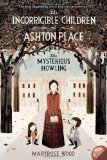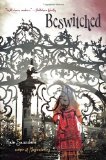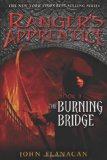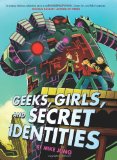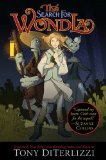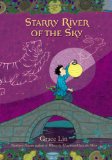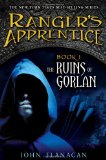Review of One Dog and His Boy, by Eva Ibbotson
by Eva Ibbotson
Scholastic Press, New York, 282 pages.
This book could have been named, A Poor Little Rich Boy and his Adventures with Five Dogs, but the actual title does tell you about the central story of one boy finding the dog who’s right for him, and that dog finding the boy.
The book begins with the boy:
All Hal had ever wanted was a dog.
He had wanted one for his last birthday and for the birthday before, and for Christmas, and now that his birthday was coming around again he wanted one more desperately than ever. He had read about dogs and dreamed about dogs; he knew how to feed them and how to train them. But whenever he asked his mother for a dog she told him not to be silly.
“How could we have a dog? Think of the mess — hairs on the carpet and scratch marks on the door, and the smell. . . . Not to mention puddles on the floor,” said Albina Fenton, and shuddered.
And when Hal said that he would see to it that it didn’t smell and would take it out again and again so that it didn’t make puddles, she looked hurt.
“You have such a beautiful home,” she told her son, “I would have thought you would be grateful.”
This was true in a way. Hal’s parents were rich; they lived in a large modern house in the suburbs with carpets so thick that your feet sank right into them and silk curtains that swept to the floor. There were three new cars in the garage — one for Albina, one for her husband, and one for the maid to use when she took Hal to school — and five bathrooms with gold taps and power showers, and a sauna. In the kitchen every kind of gadget hummed and buzzed — squeezers and coffeemakers and extractors — and the patio was tiled with marble brought in specially from Italy.
But in the whole of the house there was nothing that was alive. Not the smallest beetle, not the frailest spider, not the shyest mouse — Albina Fenton and the maids who came and went saw to that. And in the garden there were no flowers — only raked gravel — because flowers mean earth and mess.
When Hal persists in asking for a dog, his father gets a bright idea. He will rent a dog from Easy Pets for the weekend. After all, “By the time the dog has to go back, Hal will be tired of him — you know how quickly children get bored with the things you give them. He only played with that indoor space projector we got him for Christmas for a couple of days and it cost the earth.”
Well, you can imagine how well it goes over when Albina has to bring the dog back. (Hal’s father was so conveniently scheduled to leave on another trip before Easy Pets opened.)
Hal ends up running away with his dog, heading to his grandparents, who live in the north of England. But he ends up traveling with a girl whose sister worked at Easy Pets and four other dogs who also were not where they belonged.
The story includes lots of coincidences, but it’s sweet and happy and funny. Spoiler alert: All the dogs end up where they should be, but the process is reminiscent of the great adventure in Dodie Smith’s The 101 Dalmatians.
Here’s a story of great love between a dog and a boy, and best of all, no dogs are harmed in this story! Here’s a dog story that doesn’t end in tears, but with lots of smiles. Okay, maybe it’s not the likeliest of stories, but it’s a fun read.
Find this review on Sonderbooks at: www.sonderbooks.com/Childrens_Fiction/one_dog_and_his_boy.html
Disclosure: I am an Amazon Affiliate, and will earn a small percentage if you order a book on Amazon after clicking through from my site.
Source: This review is based on an Advance Reader Copy I got at an ALA conference.
Disclaimer: I am a professional librarian, but I write the posts for my website and blogs entirely on my own time. The views expressed are solely my own, and in no way represent the official views of my employer or of any committee or group of which I am part.
Please use the comments if you’ve read the book and want to discuss spoilers!


